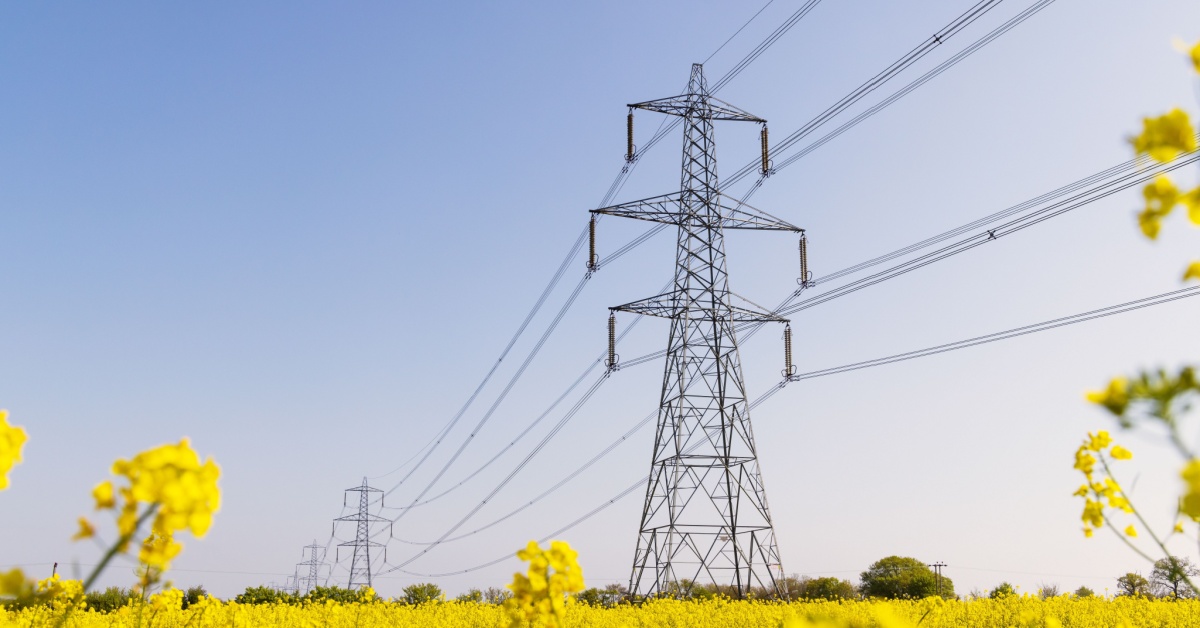
What REMA means for your energy strategy
A new direction for electricity market reform
The government has now confirmed how it will move forward with electricity market reform following its Review of Electricity Market Arrangements (REMA). One of the biggest decisions is that zonal pricing has been ruled out. This would have meant different wholesale electricity prices in different parts of the country, based on location and local grid conditions. Instead, the government will continue with a single national wholesale electricity price and introduce a package of reforms to improve how the market operates.
One of the key developments is the upcoming Strategic Spatial Energy Plan (SSEP). This plan will guide where energy projects are located in the future, helping reduce network constraints and speed up connections. It marks a big shift in how energy infrastructure will be planned and prioritised going forward.
You can read the full REMA Summer Update on gov.uk
What REMA means for commercial energy users
Whether you are managing energy across multiple sites, investing in new infrastructure, or working towards a net-zero strategy, REMA will shape your decisions over the coming years. Here's what to keep in mind.
Certainty on pricing, but wider reform is coming
The decision to stick with a national pricing model removes the uncertainty and complexity associated with zonal markets and brings welcome clarity for long-term planning. However, there are still changes ahead. The government will now push ahead with reforms to transmission network charges, grid access, and system coordination, which could reshape where and how energy projects are developed.
A detailed delivery plan will be published later in 2025, with key reforms expected to continue through to 2029.
Where you build matters
From 2026, the SSEP will set out where generation and storage should be built. This is designed to reduce delays, lower costs, and make better use of grid infrastructure. Projects aligned with the plan are more likely to see faster connections and reduced costs, while others could face delays.
Transmission charges and connection fees are under review
The government is reviewing how Transmission Network Use of System (TNUoS) charges and connection fees are set. The goal is to send clearer, more predictable signals to investors, based on long-term system value. These changes will affect the cost of both new and existing energy projects.
What your business should do now
These reforms are designed to reduce long-term costs and improve how the system works, but businesses that take action early will be better placed to avoid delays, unlock value, and stay ahead of change.
1. Review your energy projects
Where and when you build new energy assets is going to matter more. The upcoming Strategic Spatial Energy Plan will outline priority areas for future energy infrastructure, and projects aligned with this plan are likely to benefit from faster grid connections and clearer cost signals. Reviewing your current pipeline against this direction of travel will help you plan more effectively and avoid future bottlenecks.
2. Prepare for changes to cost structures
Transmission and connection charges will evolve. Reviewing how these changes affect your estate, capex planning, or long-term Power Purchase Agreements (PPAs) is vital.
3. Stay flexible and informed
There are also changes coming to balancing and settlement rules, which will affect how flexibility and storage assets participate in the market. If your business uses demand-side response, battery storage or on-site generation, this could affect how and when you can trade or dispatch power. It's a space to keep a close eye on.
View from Andrew Curry, Head of Client Services at Trident
Andrew Curry, our Head of Client Services, shared his view on the REMA decision.
“The decision to maintain a national pricing model won’t end the debate, but it finally gives the market direction.
From a commercial perspective, that creates space to plan, especially for businesses with long-term energy or infrastructure decisions. But the work starts now. Changes to connection charges, network planning, and procurement models will reshape the energy landscape over the next five years.
Businesses that act early, align with national strategy, and make informed decisions will be best placed to manage risk, reduce costs, and hit their net-zero goals.”
How Trident can support your response to REMA
The energy market is changing, and businesses that act early will be able to turn these changes into opportunity. At Trident, we're already supporting clients to turn policy change into a practical, commercial advantage.
Here's how we can help you get ahead:
-
Identify cost impacts and risks across your sites so you can make informed, data-led decisions
-
Align your project plans with future national energy priorities to unlock faster connections and better long-term value
-
Overcome grid challenges with guidance on connection options and system capacity
-
Update your energy procurement strategy to respond to market reform
-
Track your performance and stay compliant with support from our innovative Pulse software
Let’s talk about what REMA means for you
Want help understanding what REMA means for your sites, procurement, or energy strategy? We're here to help you cut through the policy and focus on what matters to your business. Get in touch to explore how we can support.